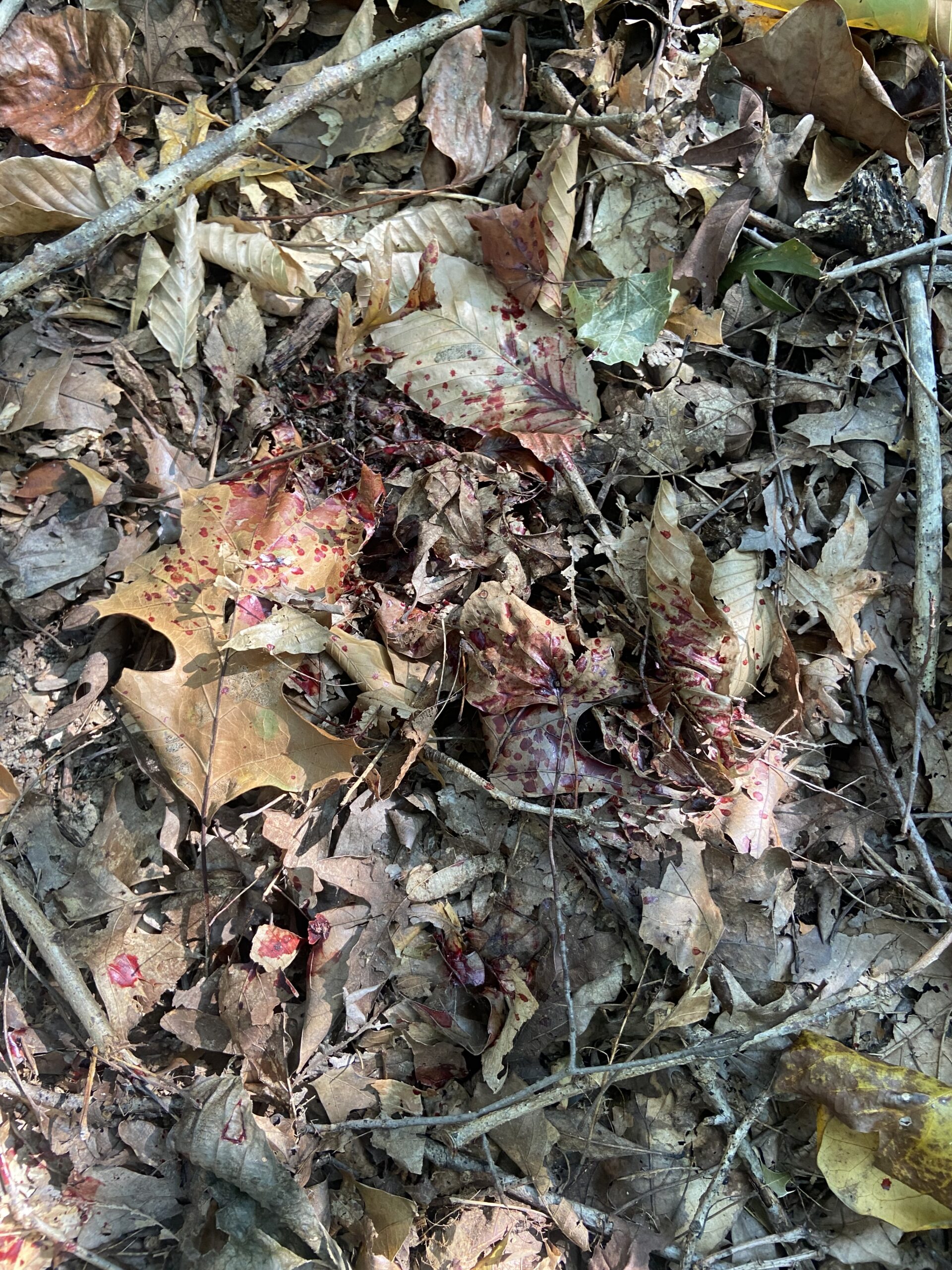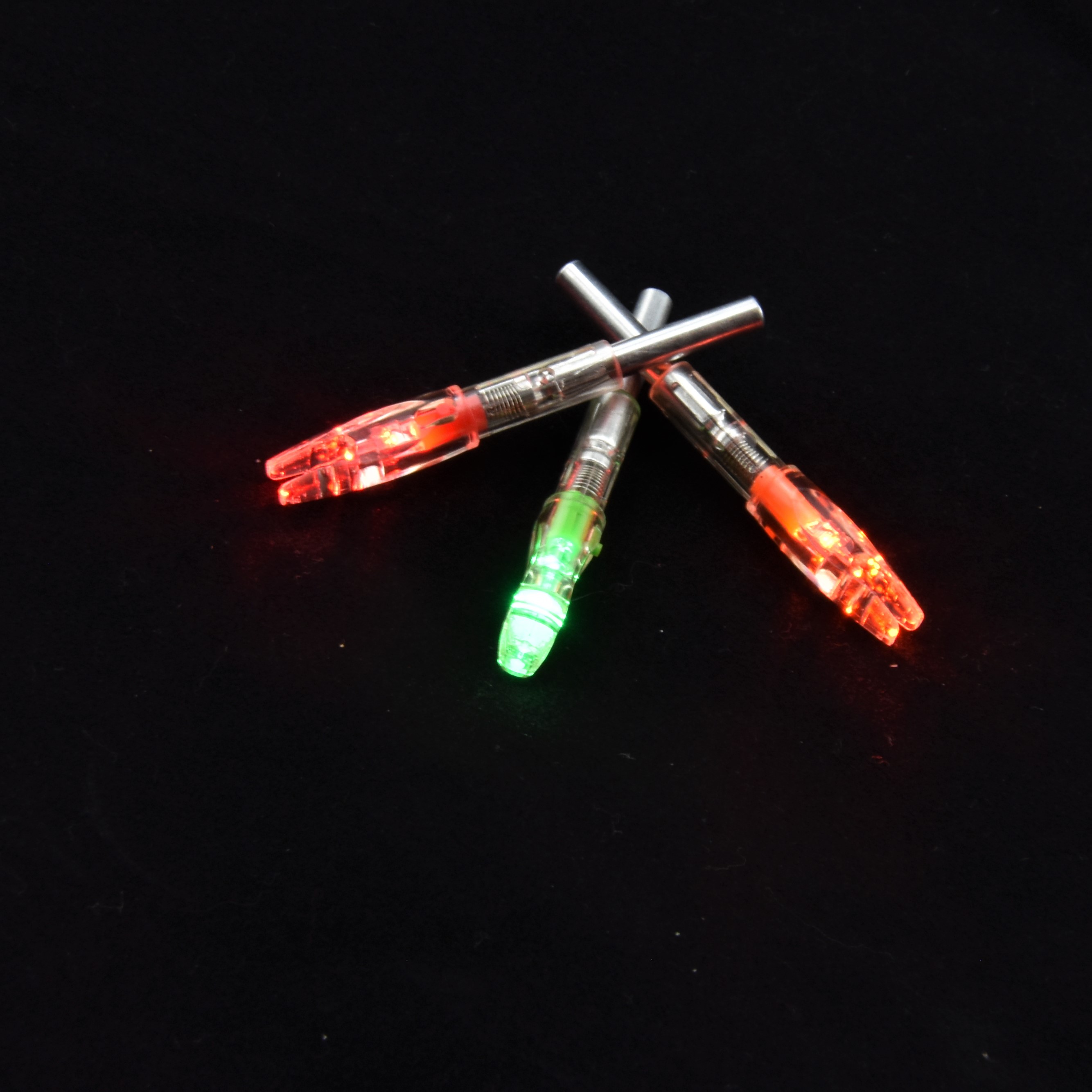Shot Clinic 101: How to Recognize Superficial Hits
Some hits simply aren’t lethal without a follow-up shot. Here’s how to identify them
All veteran hunters share some common experiences, and one is that they all have sad tales of shots that didn’t go as planned. Despite all of our preparation and practice, nothing in hunting is scripted and game animals can be remarkably resilient and unpredictable. A good broadhead adds some assurance but it won’t make up for poor shot placement.
Sometimes, if you follow up properly, you can still tag your animal at the end of the trail following a bad hit. A liver or gut-shot animal, for example, should be left alone for several hours to a full day before taking up the track, but recovery odds are high. But a buck with a broken leg or shallow shoulder wound will almost certainly have to be shot again if there’s to be any chance of recovery. Your best chance at making that happen is usually to stay on the track while the blood is fresh and falling.
But how do you know if it’s a liver shot or superficial shot? In a perfect world, you’d clearly see your arrow hit the animal. But in the real world of bowhunting, animals move quickly, your adrenaline is pumping, and light is fading. Sometimes the only way to know where you’ve hit—and how to follow up—is to make an educated guess based on the animal’s reaction and the sign on your arrow and trail. Here are some clues for doing just that.
THE ANIMAL’S REACTION
There aren’t hard-and-fast rules for a deer’s reaction following being hit by an arrow but generally speaking, the reaction to a lethal hit will be more pronounced. Deer hit through the forward heart / lung area usually scramble out of sight, running low with their tails tucked. Deer hit farther back may run a ways and then stop and labor out of sight, twitching their tails as they go.
Deer can react as such to superficial wounds, too—but one key difference is that you won’t hear them crash after they expire. In open country, you might see a wounded deer run or walk for hundreds of yards before leaving sight. In more typical, thick whitetail country, you might hear it running or walking until it’s out of earshot. Either reaction is a red flag. Gut and liver-shot deer usually bed down quickly. A deer that’s hit forward of the diaphragm muscle should die quickly. If it covers more than 300 yards, the hit is likely superficial.
BLOOD ON THE GROUND, BUT NOT ON THE ARROW

This blood trail is from a buck that was hit superficially in the brisket. The deer recovered and appeared on trail camera a week later.
Many muscle hits, especially in the forward portion of a deer, bleed heavily for a while. A low shot through the fat of the brisket, for example, can produce steady blood while the animal is walking, and puddles from profuse bleeding when it stops. This can go on for hundreds of yards, causing the hunter’s hopes to soar, but the trail typically stops once the animal beds and clots. Telltale signs of a brisket hit include a blood trail that seems good at first, but lacks the arterial spray of a heart or lung shot, which casts blood droplets onto vegetation that’s off the ground. White belly hair on the ground or arrow is also a sign, as is minimal or no blood on the arrow’s fletching.
MEAT AND FAT ON THE ARROW
One of the most frustrating superficial shots for bowhunters is through “no man’s land.” There are some misconceptions about this area and what it is and isn’t. Some believe it’s a dead zone between the deer’s lungs and spine. Others insist that no such zone exists. That reality is that a deer’s spinal column makes a bend at the union of the neck and back, just above the shoulder. This is a fatty, meaty area. Folks who butcher deer know that it’s where the backstraps join with the neck roasts, and it’s also covered by the thin upper portions of the scapula bone (shoulder blade).
Frequently, a hit here contacts the spine and drops the deer instantly, though a follow-up shot will be required. Make that shot quickly! It is possible for an animal to be “stunned” by a hit near the spine, but then gain its footing and escape.
But the broadhead can also miss the spine completely, as well as the heart and lungs, and zip right through that thin shoulder bone and meat. Though such a hit looks promising, deer usually survive it. Telltale signs of a no-man’s hit include an arrow that’s covered more in bits of meat and fat than in blood, and a dripping blood trail that’s steady for a short distance before fading quickly.

THE AFTERMATH
The cold truth is that most animals that are superficially wounded aren’t recovered. But there are some bright sides. Many of them will heal and survive, and if you run trail cameras it’s common to capture images of wounded animals after only a few days, as they tend to return to their core home range. Superficial hits also give the bowhunter a chance to reflect and learn. Though a lost animal can be occasionally blamed on the equipment, it’s usually the result of a hunter’s mistake. Remember that for next time—and count yourself among the veterans who can speak from experience.
MARK YOUR SPOT

One of the best ways to know where your arrows are going is to equip them with a good set of lighted nocks. Vesta Lighted Compound Bow Nocks have an easy on / off switch, and they’re available in Orange, Red, and Green, all of which are easy to see in low light. The Vesta lighted nocks press-fit into most standard-sized carbon arrow shafts and they weigh just 28 grains. They’re sold in packages of three for $26.49.
— Story by Wasp Archery Staff; Bowhunter photo by John Hafner photography
View All Posts

